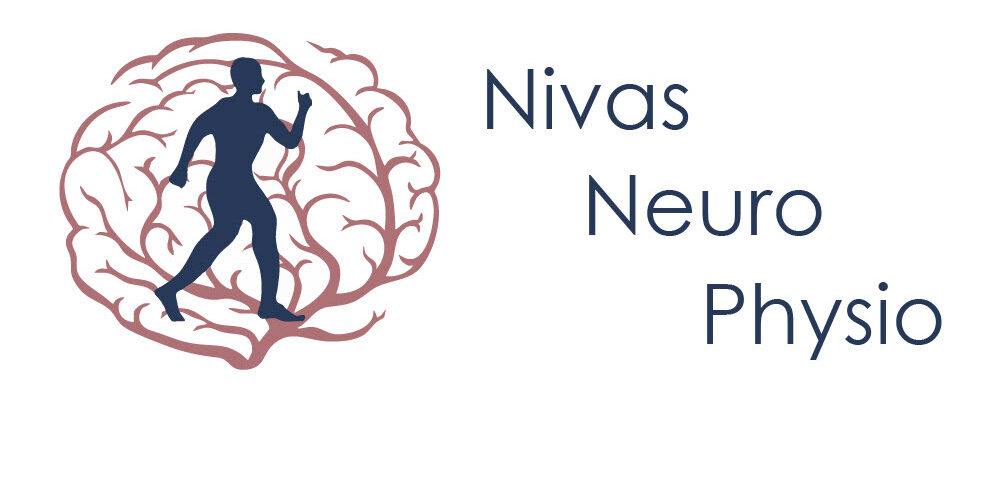Facial palsy
Physiotherapy plays a crucial role in the rehabilitation of facial palsy (e.g., Bell’s palsy, facial nerve trauma, or post-surgical facial paralysis). The goal is to improve facial symmetry, muscle strength, and control, and reduce complications like synkinesis (involuntary movement).
Key Physiotherapy Treatments for Facial Palsy:
1. Facial Exercises
Purpose: Promote muscle re-education and improve voluntary facial movements.
Examples:
Raising eyebrows
Wrinkling the forehead
Closing the eyes tightly
Smiling, puckering lips, blowing cheeks
Flaring nostrils
Therapists guide these based on muscle involvement and progression.
2. Neuromuscular Re-education
Technique: Helps retrain the brain-to-muscle connection using mirror feedback and cueing.
Tools Used: Mirror therapy, biofeedback (e.g., EMG), or verbal and tactile cues.
3. Massage and Soft Tissue Mobilization
Purpose: Reduce muscle tightness, prevent contractures, and improve circulation.
Includes: Gentle stroking, kneading of affected muscles, and lymphatic drainage if swelling is present.
4. Electrical Stimulation (with caution)
Purpose: Stimulate muscle contraction when voluntary movement is minimal.
Caution: Not always recommended; improper use can lead to synkinesis (miswiring of nerves). Should be done only under professional supervision.
5. Mirror Therapy
Encourages correct movement patterns and muscle symmetry using visual feedback.
6. Education and Home Program
Patients are taught to avoid:
Overuse or forced movements
Massaging too vigorously
Given personalized daily exercises and relaxation techniques.
7. Treatment of Synkinesis
If abnormal movements develop:
Stretching and relaxation techniques to inhibit unwanted movements
Coordination training to separate facial expressions
8. Adjunct Therapies
Taping: To support facial muscles or eyelid closure
Heat therapy: To relax tight muscles (if appropriate)
Speech therapy: If speech or swallowing are affected
When to Start?
Early intervention (within days of diagnosis) improves outcomes.
Always coordinated with medical treatment (e.g., steroids, antivirals).
